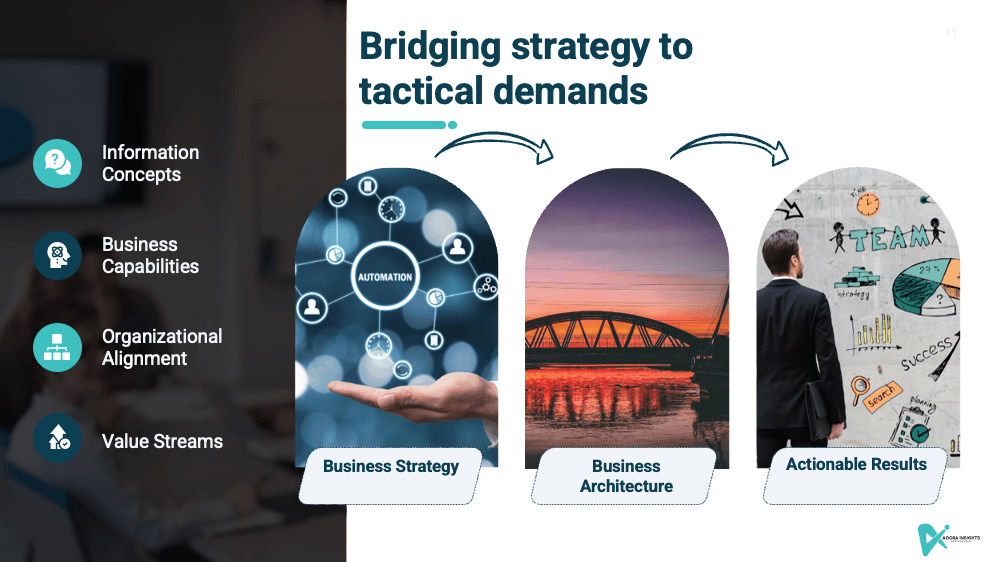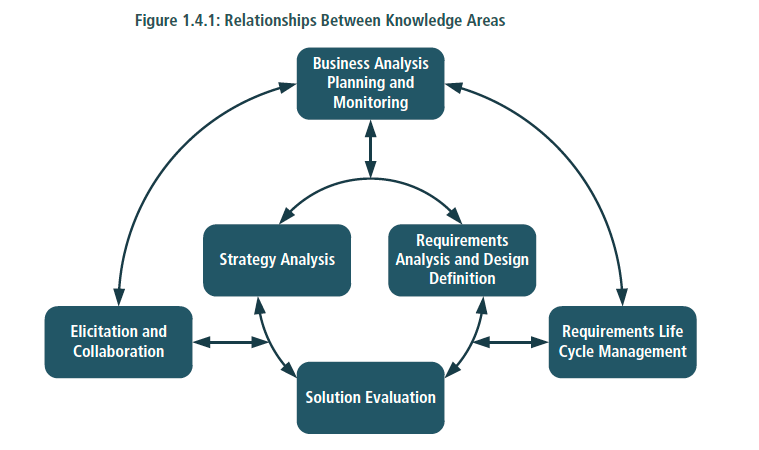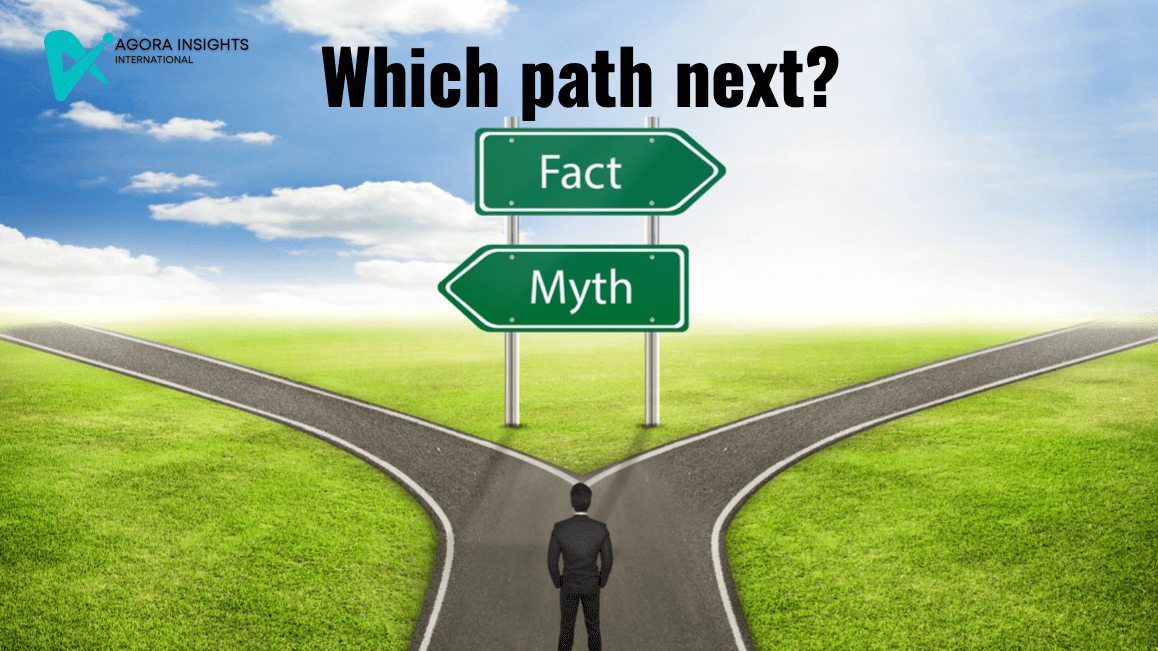Business architecture is an incredibly important practice for any business looking to succeed and grow. Unfortunately, there are misconceptions about what it can do that may stop companies from taking full advantage of this valuable resource. This blog post will take a deeper look into some common myths about business architecture, their origins and how they should be addressed in order to ensure that businesses incorporate this powerful tool into their strategies. It's time to debunk these popular myths and allow companies to make the most informed decision possible when it comes to enacting real change with business architecture.

What do business architects do?
As a business architect you will act as a link between business and technology, create business blueprints and other artefacts, guide strategy to execution, and facilitate the enablement of core capabilities, value streams and an architectural knowledge base.
A business architect collaborates with senior leadership teams, enterprise architects, business strategists, product (service) owners, business analysts and technologists to provide various business architecture blueprints and insights.
Myth 1: Business architecture is only for large organisations

Business architecture is not just for large organisations – in fact, it can be used by businesses of all sizes. The key benefits of business architecture are that it can help organisations to understand and improve their business, regardless of size. Business architects use a variety of simple and complex tools and techniques to capture an organisation's structure, value stream, policies, capabilities, and more which can then be used to identify areas for improvement.
Business architecture can help small businesses improve, create business blueprints, and become more efficient. For example, a business architect could help a small business develop new strategies for product development by creating business blueprints that show how the company's capabilities and initiatives are related. By establishing efficient business practices and defining the relationships between stakeholders and roles, they can ensure that new products and services offered by the company match its strategic business plan.
So whether you're a small business looking to grow or a big business looking to optimise your operations, business architecture can be a valuable tool.
Myth 2: Business architecture is just a fancy way of saying business process management
One of the key distinctions between business architecture and BPM is that business architecture deals with the overall structure of an organisation working to define the "What" and "Why" of the business, while BPM focuses on processes i.e. the "How" of the business.
- Business process management is defined as "a discipline involving any combination of modeling, automation, execution, control, measurement and optimization of business activity flows, in support of enterprise goals, spanning systems, employees, customers and partners within and beyond the enterprise boundaries"
- Business architecture, on the other hand, "represents holistic, multidimensional business views of: capabilities, end-to-end value delivery, information, and organizational structure; and the relationships among these business views and strategies, products, policies, initiatives, and stakeholders."
In short, business architecture provides a framework for assessing process improvement opportunities. Processes provide a detailed view of how to improve, align, standardise, and automate work to address issues identified by the business architecture. Both disciplines are important for developing a successful business strategy. Knowing the differences between business architecture and business process management will help you to make informed decisions about your business strategy and ensure that it is tailored to meet your objectives.
Myth 3: Business architecture is all about IT and systems
Business architecture serves as the link between IT systems and business operations, offering organizations a holistic view of their internal workings. By identifying and connecting business structure, value streams, capabilities, information concepts and units - along with establishing goals to be achieved through effective use of these elements- businesses can gain clarity for improved efficiency in achieving optimal performance.
While business architecture does involve IT and systems, it is not only limited to these areas. Business architecture also includes a company's goals, resources, structure, and more. This field uses models, diagrams and narratives to explain the business landscape in detail to people involved in the company - from senior decision makers to junior team members. The goal of business architecture is to give organisations clarity on their aims and provide leaders with insight into how best they can achieve these aims.
Business architects are the bridge between business and IT, combining expertise in both areas to create a detailed breakdown of an organisation. Through utilising models, diagrams and narratives they can strategically identify areas for improvement before providing visualisation support that aligns technology with organisational objectives.
Myth 4: Business architects report to enterprise architects
Simply put, enterprise architecture is best described as a framework. A business framework is a set of tools, processes, and principles used to guide business decisions. It provides businesses with an overarching structure that can be used to develop business strategies and initiatives. Business frameworks are typically composed of business models, business processes, and business rules. These frameworks require enterprise architects to manage them. Business architecture is its own distinct discipline, with its own body of knowledge, tools, and techniques. So why do so many people believe this myth?
Part of the reason may be that the term "enterprise architecture" is used in a variety of ways, and it can be difficult to keep straight. Sometimes it's used to refer to an enterprise-wide initiative or project. Other times it's used to describe a specific framework. And still other times it's used interchangeably with business architecture. As a result, it's no wonder that people are confused!

To be clear, business architecture is not a subset of enterprise architecture. Enterprise architecture frameworks may include business architecture and the business architect role working in an enterprise framework, but business architecture is its own unique field. Just as a plumber and builder work on a house build they have a distinct difference in their profession, even if they operating under the same framework or methodology.
Myth 5: Business analysts and business architects do the same thing
If there is one thing I know well, it is the difference between a business architect and business analyst. Why? Well firstly my personal experience and secondly because of my comprehensive understanding of the BIZBOK and BABOK guides. There is a misunderstanding that business analysts and architects are the same. They are not. Business analysis and business architecture are two different, but related, disciplines that can offer a lot of value to businesses when they are used together. Business architecture provides transparency that can help analysts see things in new ways and deliver more effective solutions on each project. This combination of skills can help ease the burden on business analysts who have been struggling with clarity.

- Business analysts collaborate with stakeholders to analyse and define requirements in order to develop solution designs. They work with business users to understand their business needs and translate them into requirements. They also work with implementation subject matter experts to ensure that the solutions they develop are feasible and will meet the business's needs.
- Business architects create blueprints and scenarios for businesses. They consider things like strategy, organisational goals, and current and future trends. Business architects use a variety of tools and techniques to describe an organisation (regardless if there is a project/initiative underway) in a way that makes it easy to understand and use. This includes models, diagrams and narratives, which can be used to identify areas for improvement.
While some competencies are shared by business analysts and business architects, they are two distinct professions with distinct areas of focus. Because they share similar competencies, many business analysts transition to become business architects. Both roles necessitate an understanding of how businesses operate as well as the ability to identify areas for improvement. This knowledge is used by business analysts to define requirements and develop solutions. It is used by business architects to create blueprints for how businesses should be structured and operated.
Conclusion

I hope that debunking these myths has given you a better understanding of business architecture. It is critical to recognise that business architecture is a distinct profession that works within a variety of frameworks, including EA. While business analysts and business architects have similar skill sets, they produce different outcomes and thus play different roles. If you want to work in business architecture, make sure you have the necessary training and are acquainted with the business architectural profession.
Post sponsored by Agora Insights Ltd



Post a Comment